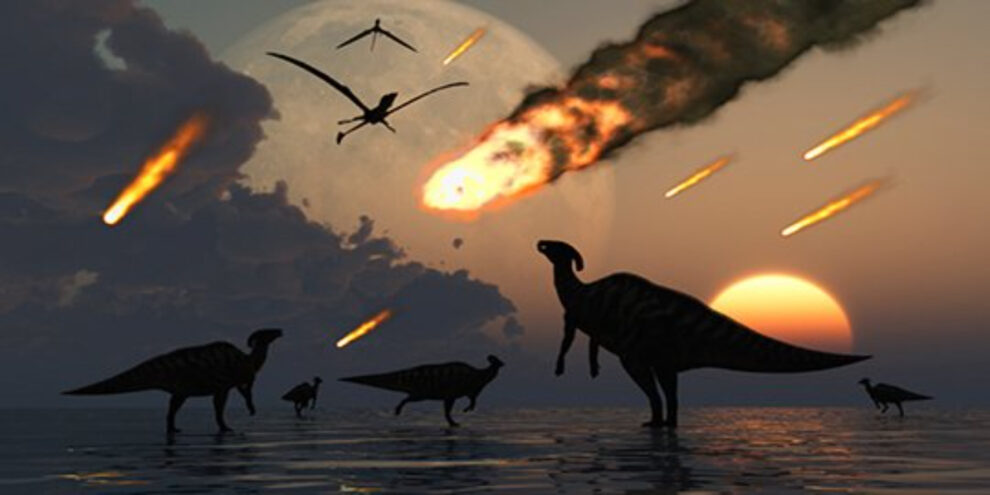Scientists have uncovered four new species of dinosaur from fossilized bones found at a site in Chile. This includes meerators, according to a new study by the team of scientists published on Jan. 11.
This fossil was discovered in 2021 at Cerro Guido, located in the Las Chinas Valley in southern Chile, close to the Argentine border. These bones are then taken to the laboratory.
According to the researchers, this fossil comes from a group of dinosaurs that have never been identified in the area.
“It’s always exciting from a scientific point of view to find something that has not been discovered or described before in the Las Chinas Basin, where we usually find new fossil remains,” Chilean Antarctic Institute (Inach) director and research team, Marcelo Leppe told AFP.
The team confirmed the fossils, consisting of teeth and postcranial bone fragments, belonged to four different dinosaur species, one of which was a megaraptor. This dinosaur is a member of the theropod family.
Quoted from the Greek Reporter, this carnivorous dinosaur lived between 66 million and 75 million years ago around the end of the Cretaceous period. They were atop a clothing chain because of the raptor’s talons, tiny shredding teeth, and massive upper limbs.
“One of the characteristics that allowed us to identify with great confidence that they belonged to megaratorids was, first of all, that their teeth were strongly curved back,” said Jared Amudeo, a researcher at the University of Chile.
According to Amudeo, they also found two specimens from the Unenlagiinae family, which are closely related to the velociraptor family.
Researchers also found fossils of two different types of birds; Enantiornithe and Ornithurae.
The Enantiornithes — also known as enantiornithines and enantiornitheans — are the most diverse and widespread group of Mesozoic birds, or “birds,” known to date. Nearly all had beaks and clawed toes on each wing, but otherwise resembled modern birds.
Ornithurae is a natural group consisting of the common ancestor of Ichthyornis, Hesperornis, and all modern birds, and all descendants of a common ancestor. The name Ornithurae is a Greek word meaning “bird’s tail.”
The results of this study were published in the Journal of South American Earth Sciences last December.
Source : Merdeka.com
















